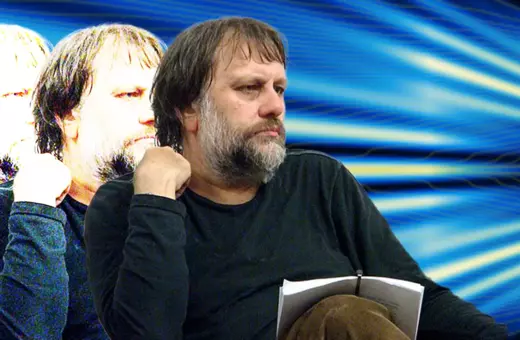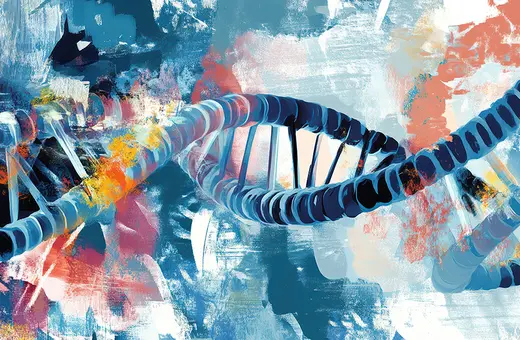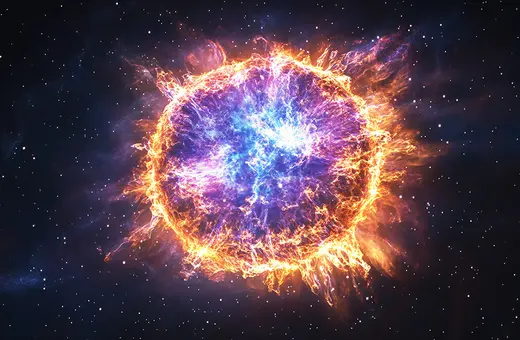Science is undeniably great as a predictive tool. But it’s also full of idealizations – false claims in the form of simplification, exaggeration, and outright distortion. That would seem to rule out scientific realism, the idea that science manages to uncover the fundamental structure of reality. But Elay Shech argues that by contextualizing scientific claims relative to scale and internal standards of a theory, scientific realism can still be defended.
Science is our best epistemic enterprise; it is our best source of knowledge, explanation, and understanding, and it would seem irrational not to believe in its claims. Science also tells us amazing things about the world. It tells us that all matter is made up of fundamental entities too small for the naked eye to see. That there can be correlations between these unobservable entities, particles like electrons, even if they are light years apart. We learn about the properties and behaviors of, or patterns associated with, such unobservables. For instance, electrons have a particular mass, spin, and negative charge, they are deflected in magnetic and electric fields in specific ways, they repulse each other in accordance with Coulomb’s inverse-square law, and so on.
 SUGGESTED READING
Reality is not what it seems
By Bernardo Kastrup
SUGGESTED READING
Reality is not what it seems
By Bernardo Kastrup
Yet, an integral part of what fuels science’s ability for learning about the world are idealizations. In fact, idealizations are ubiquitous in science. They are distortions or false claims that enter into our best theories, laws, models, and scientific representations. Examples include infinite populations, perfectly rational agents, non-viscous fluid flow, the Bohr model of the atom, Schelling's model of segregation, etc. Science, ostensibly, discovers truth by appealing to lies (in the form of idealizations).
This leads to a puzzle: On the one hand, if science is our best epistemic enterprise, so it would seem we should be scientific realists. That is, we should believe that our best theories are approximately true and that postulated unobservable entities exist and behave more or less according to how our theories say they do. On the other hand, if science always appeals to idealizations and simplifies the phenomena it seeks to explain, it seems we ought to adopt scientific antirealism or instrumentalism. This is the view that science just offers us good instruments for prediction, at least concerning what is unobservable. So, what’s reasonable to believe about the nature of science, given the pervasive use of idealizations?
As I argue in my recent book, Idealizations in Physics, the problem of idealization is a real problem, and it isn’t clear to me that we have an adequate solution. And though it certainly applies to the scientific realism debate, the problem is more fundamental, stemming from the fact that knowledge, explanation, and understanding afforded by science are produced and transmitted inferentially. Inferences, in turn, are not generally warranted or justified when based on false premises. In other words, insofar as idealizations are a problem for scientific knowledge and rationality, then the problem is much bigger than the realism-antirealism debate.
Even if we assume that the problem of idealization can be solved—say, it turns out we can extract truth from lies, because our lies are approximately true—we would still need to enquire into what type of scientific realism is tenable in light of the pervasiveness of idealizations. In what follows, I consider two possibilities.
___
The suggestion is that we ought to be realists about causal patterns, instead of, say, the entities and mechanisms underlying or participating in those patterns
___
Indispensable Idealization Realism





















Join the conversation